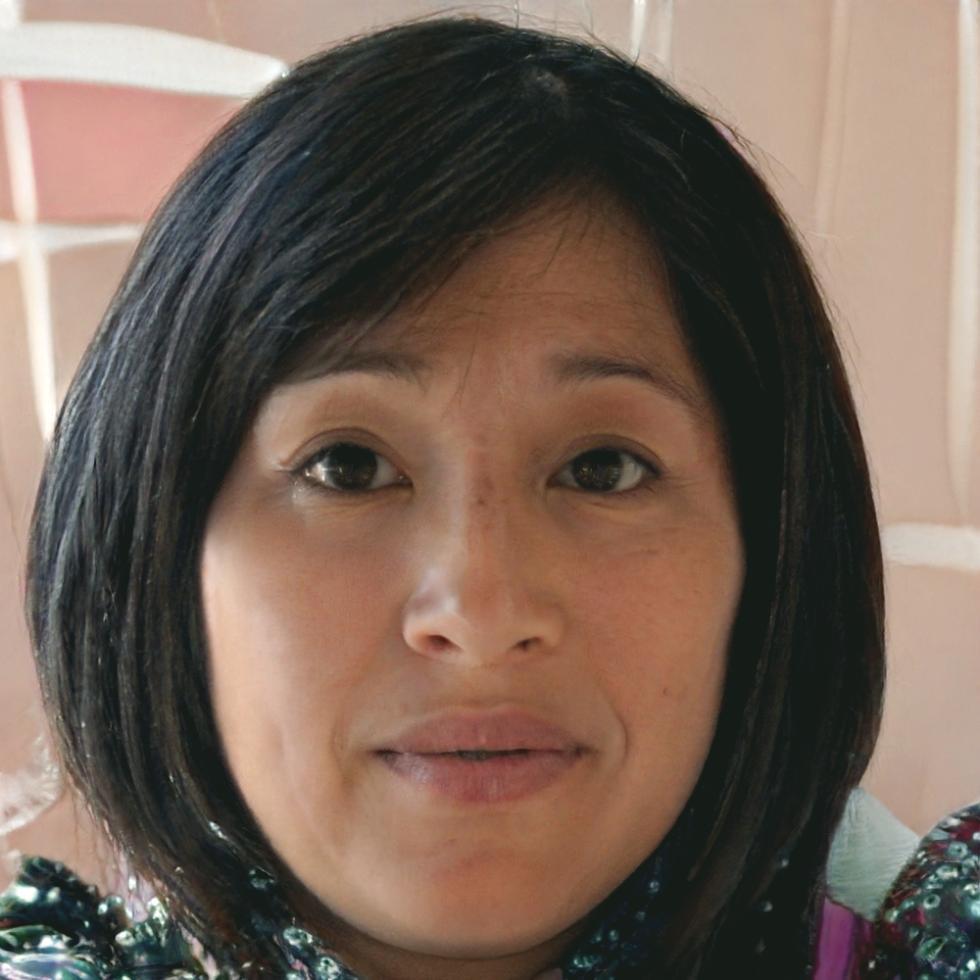Building Tomorrow's Urban Intelligence
We started Ai-feature in 2022 because something was missing. Cities were getting "smarter" but the people managing them weren't getting the training they needed. Tech was advancing faster than education could keep up.
So we built something different. Not another bootcamp promising overnight expertise. Not a certification mill churning out identical resumes. We created learning experiences that actually prepare people for the messy, complex reality of implementing AI in urban environments.
Our programs launch in autumn 2025, and we're approaching them differently. Smaller cohorts. Real municipal data. Projects that mirror actual city challenges. Because reading about smart city infrastructure is one thing—wrestling with traffic optimization algorithms while considering budget constraints and community impact is entirely another.

Practical Over Theoretical
We've seen too many programs focus on perfect conditions that don't exist. Real cities have legacy systems from three decades ago running alongside cutting-edge sensors. Our curriculum reflects that. Students work with actual municipal datasets—incomplete records, sensor failures, budget limitations included. It's frustrating sometimes, but that's the point.
Context Matters More Than Code
Anyone can learn Python syntax. Understanding when to deploy AI solutions versus when a simpler approach works better—that takes experience. We teach the technical skills, sure, but we spend equal time on impact assessment, stakeholder communication, and ethical considerations. Because a perfectly optimized algorithm that nobody trusts is worthless.

From Wales to Everywhere
Being based in a small Massachusetts town gives us perspective. Not every smart city initiative happens in Silicon Valley or Manhattan. Some of the most interesting urban AI work is happening in mid-sized cities figuring out how to do more with constrained resources. That's where our focus lies.

Who's Behind This
We're a small team with varied backgrounds. Some of us came from municipal IT departments, others from AI research labs. What we share is frustration with how disconnected education has become from actual implementation challenges.

Curriculum Development
Our curriculum team includes former city planners who spent years watching technology implementations succeed or fail. They know which skills actually transfer to real work and which just look good on paper. That experience shapes everything we build.

Rhiannon Castellano
Rhiannon spent eight years implementing sensor networks for medium-sized cities before joining us. She's particularly good at explaining complex systems without oversimplifying them. Her approach to teaching reflects years of answering "but will this actually work?" questions from skeptical city managers.

Aurelia Kowalski
Aurelia connects our programs with municipalities and organizations that can provide real project opportunities. She previously worked in civic tech consulting and understands both the technical and political sides of smart city initiatives. Her network gives students access to genuine implementation scenarios.